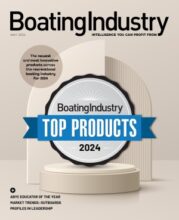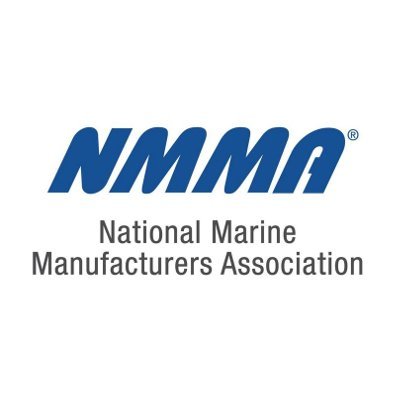Provide instant gratification
What does it cost to resolve a customer concern? Somewhere between $100 and $150, says Kris Gustafson, president of VS Marine in Atascadero, Calif. And he speaks from experience.
Gustafson has empowered his employees to spend up to $500 to resolve a customer complaint without involving him. “I started doing this three or four years ago because I didn’t necessarily want employees to come to me to resolve an issue,” Gustafson says. “I didn’t want to be the middleman. Employees can make these decisions because they are on the front line.”
The payment can come in the form of cash, merchandise or time the employee spends traveling to a customer’s boat for a firsthand look. Gustafson says an employee will spend company money 10-to-20 times a year, mostly in the service or sales departments because of the close customer contact. Although the dealership has authorized up to $500, he says most complaints are resolved with no more than $150.
Each time money is expended, the dealership requires the employee to write a report on how much money was spent, why and what the outcome was. Gustafson reviews the report with the employee to make sure the money was spent correctly. In only a few instances has money been misspent, and Gustafson says those instances occurred in the program’s infancy. He attributes the missteps to a lack of information flowing from management to employees about the program.
Gustafson believes any dealer would benefit from a similar program, especially as manufacturer warranties increasingly don’t cover everything that a customer believes they should, which leaves the dealership in the middle to handle concerns.
“We know we have enough margin to take care of our customers,” says Gustafson, pointing to the high CSI marks the dealership receives. “This is one of the tools employees have to get the job done.
“This is a great way to make customers instantly happy instead of letting them stew until I can get to it,” Gustafson says.
- To explore more Customer Satisfaction Best Practices, click here.
- To return to the best practices home page, click here.
- To return to the Boating Industry home page, click here.




